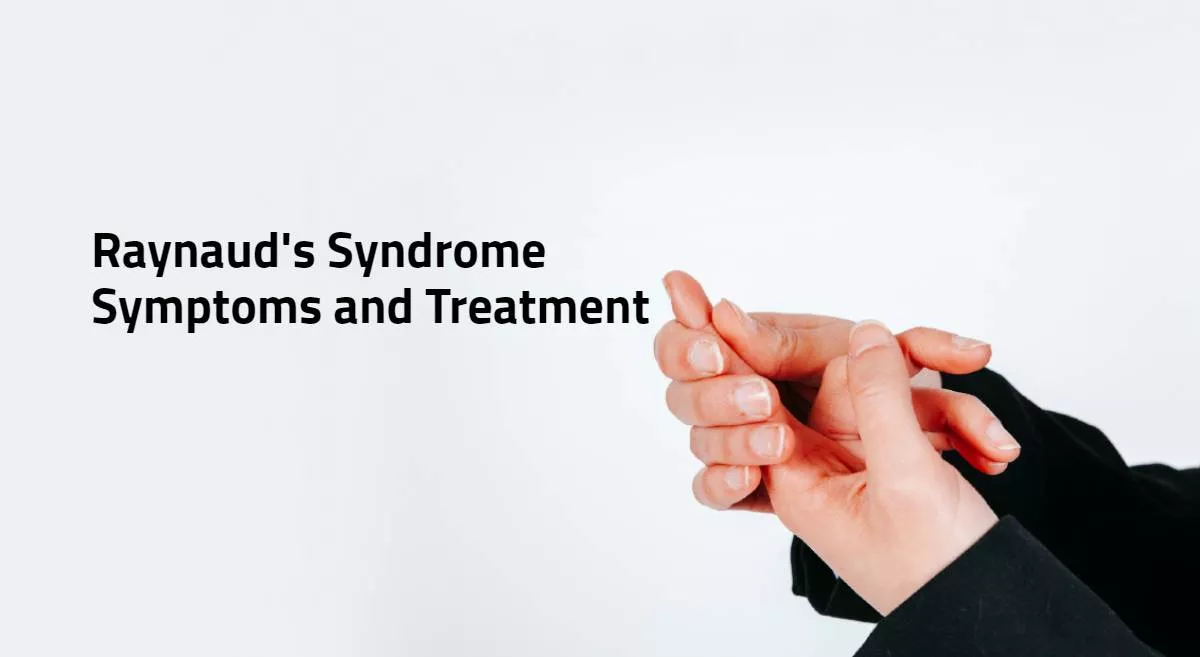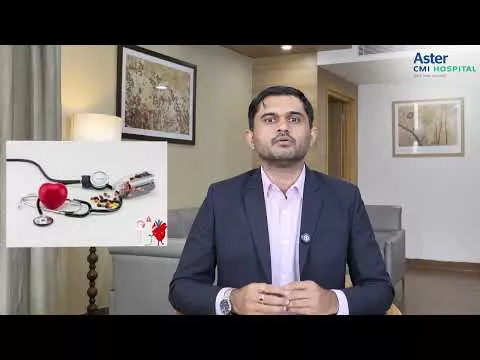Raynaud's syndrome or Raynaud's phenomenon affects a minimum of 15% of the population in the world. A person with this condition will have a major temperature drop and will feel pain in their fingers and other nerve extremities. The blood vessels tend to constrict and nearly shut off. As the blood starts to flow again, fingers or toes transform from white to blue and, finally, flush crimson. According to reports, women are nine times more likely to be affected by Raynaud’s syndrome than men.
What is Raynaud’s syndrome?
Raynaud's syndrome damages the tiny blood veins in your fingers and toes. Blood vessels in your nose, lips or ear lobes may also be affected. Episodic spasms brought on by stress, called vasospastic episodes, are one of the major symptoms of Raynaud's disease.
The capillaries and arterioles of your fingers and toes would constrict excessively during a Raynaud's attack. The lack of oxygen in the blood turns the skin blue. It could also cause chilly or numb skin sensations. Your skin may seem red or feel tingly when your blood vessels loosen and begin to expand more. A typical Raynaud’s attack lasts for about 15 minutes.
How is Raynaud’s syndrome diagnosed?
Most of the time, rheumatologists diagnose Raynaud's syndrome based on the symptoms. Your doctor may advise you to take pictures of the changing skin colour. Additionally, your doctor might conduct a physical examination and discuss your medical and family history with you.
The diagnosis of Raynaud's syndrome is typically simple. However, it may not be clear to the doctor whether the condition is in the primary or secondary form. Diagnostic tests can be useful in this situation.
What are the symptoms of Raynaud’s syndrome?
The symptoms of Raynaud’s syndrome include:
- Colour changes: Your skin's colour could shift from white to blue to red as blood flow is interrupted and then resumed. Not everyone goes through all three skin colour changes.
- Sensing a chill or numbness: This occurs when oxygen-rich blood does not reach the fingers or other affected body parts. That area of your body seems to have 'fallen asleep'.
- Warmth, tingling or throbbing sensations: This occurs once the blood flow to the damaged body part resumes.
- Gangrene and skin ulcers: Your fingertips may develop painful sores as a result of longer or more frequent episodes. It may take some time for these sores to heal. The tissues can also be severely affected, leading to tissue death due to a lack of oxygen reaching the tissues.
Raynaud's syndrome symptoms come and go in episodes. Though an episode or attack often lasts for around 15 minutes, the attacks might vary in length. Episodes are frequently linked to specific stimuli like cold weather. People who have primary Raynaud's syndrome generally have minor symptoms. Skin ulcers are among the more severe symptoms that individuals with secondary Raynaud's syndrome may experience.
What are the Treatments for Raynaud’s?
Attacks can be prevented or limited as part of treatment goals, which usually means managing stress, exercising frequently and keeping your hands and feet warm and dry.
Medication
Your doctor may advise you to abstain from taking some medications, such as over-the-counter cold remedies that contain pseudoephedrine. These may cause your blood vessels to narrow and exacerbate your symptoms.
If you have secondary Raynaud's, then your doctor may recommend medications to lower blood pressure and relax the blood vessels. If this causes sores on your skin, you might need to use a cream containing one of these medications:
- Blockers of calcium channels: isradipine, felodipine, amlodipine and nifedipine (Afeditab CR, Procardia).
- Vasodilators: The erectile dysfunction drug sildenafil (Viagra, Revatio), the antidepressant fluoxetine (Prozac, Sarafem), the high blood pressure drug losartan (Cozaar) and a group of drugs known as prostaglandins.
- Other treatments include applying nitroglycerin lotion to the tips of your fingers to speed up the healing of cuts.
Surgery
Your doctor may recommend surgery if your illness does not get better after trying these measures and you run the risk of suffering serious difficulties, like losing a portion of a finger or toe. These surgical procedures include cutting the nerves that control them to reduce how much your skin's blood vessels can open and close. To block certain nerves, the doctor may also inject medications into your hands or feet.
Treatment of Raynaud's at Home
You can control your condition by following these steps:
- Refrain from smoking and staying around people who are smoking. Your blood vessels may constrict, lowering the temperature of your skin.
- Exercises will improve your blood circulation. Consult our rheumatology hospital in Hyderabad before beginning an outdoor workout in the cold if you have secondary Raynaud's.
- Controlling stress could reduce the number of episodes.
- Maintain a steady temperature by avoiding transitioning quickly from a cool to a warm environment. Stay away from the grocery store's frozen food aisle as much as possible.
- Be prepared for the cold by donning layers, gloves and thick socks. Purchase chemical hand warmers, gloves and sock warmers.
- Steer clear of the following drugs, which cause narrowing of your blood vessels:
- phenylephrine-containing decongestants, diet pills, ergotamine-containing migraine treatments, ephedra-containing herbal remedies and the blood pressure medication clonidine (Catapres).
- When you sense an attack coming on, soak your hands or run warm water over them.
FAQs:
1. What disorder is most commonly associated with Raynaud's phenomenon?
Buerger disease, lupus, CREST syndrome and scleroderma.
2. Who is most likely to get Raynaud's disease?
It usually occurs in people who are younger than 30 years of age.
3. What are the long-term effects of Raynaud's syndrome?
Ulcers, tissue death and scarring
4. Does Raynaud's affect the brain?
Raynaud's syndrome could be an indicator of chronic cerebral ischaemia.
5. Is Raynaud's syndrome considered an autoimmune disease?
Scleroderma or lupus are two autoimmune diseases that can cause Raynaud's phenomenon.






